Some minds operate like perpetual motion machines – constantly generating ideas, making unexpected connections, and processing stimuli in ways others might not. These quietly chaotic minds thrive in environments that mirror their internal landscape: places with layered complexity, surprising juxtapositions, and rich sensory details that reward deep attention without overwhelming it.
For those whose thoughts rarely follow linear paths, certain destinations provide external validation that the world can indeed be as wonderfully complex as their internal experience. These places offer the perfect counterpart to minds that simultaneously crave both stimulation and space for thought.
Here is a list of 15 destinations that naturally complement the quietly chaotic mind, each offering its own form of organized complexity.
Tokyo’s Shimokitazawa District
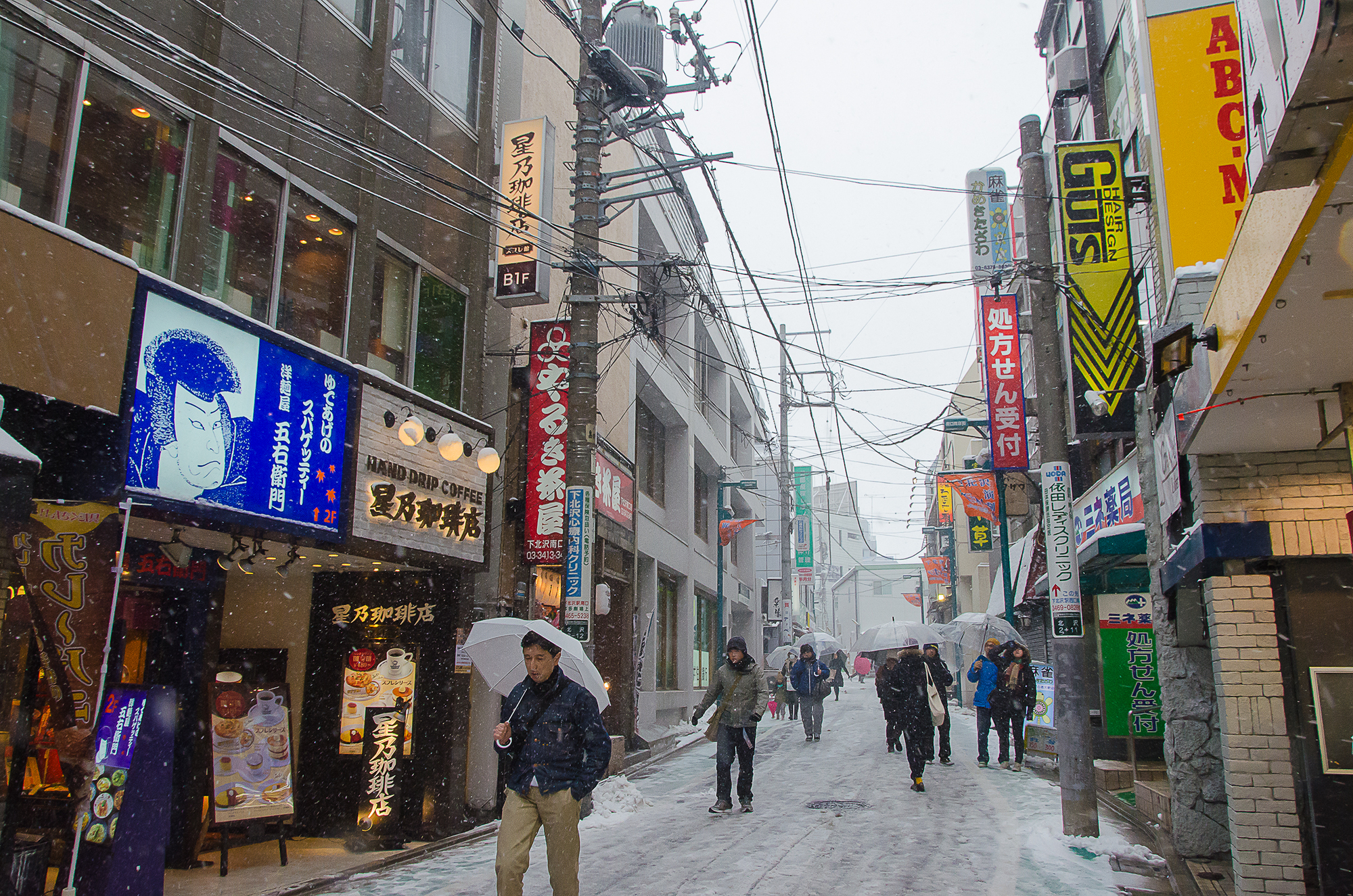
This labyrinthine neighborhood defies the orderly grid systems found elsewhere in Tokyo. Narrow pedestrian alleys twist between vintage clothing stores, independent record shops, and tiny cafés, creating a space where getting pleasantly lost is practically guaranteed.
The constant visual stimulation of hand-painted signs and artistic displays provides endless fodder for curious minds, while small tucked-away spaces offer refuge for processing all the input.
Fez Medina, Morocco
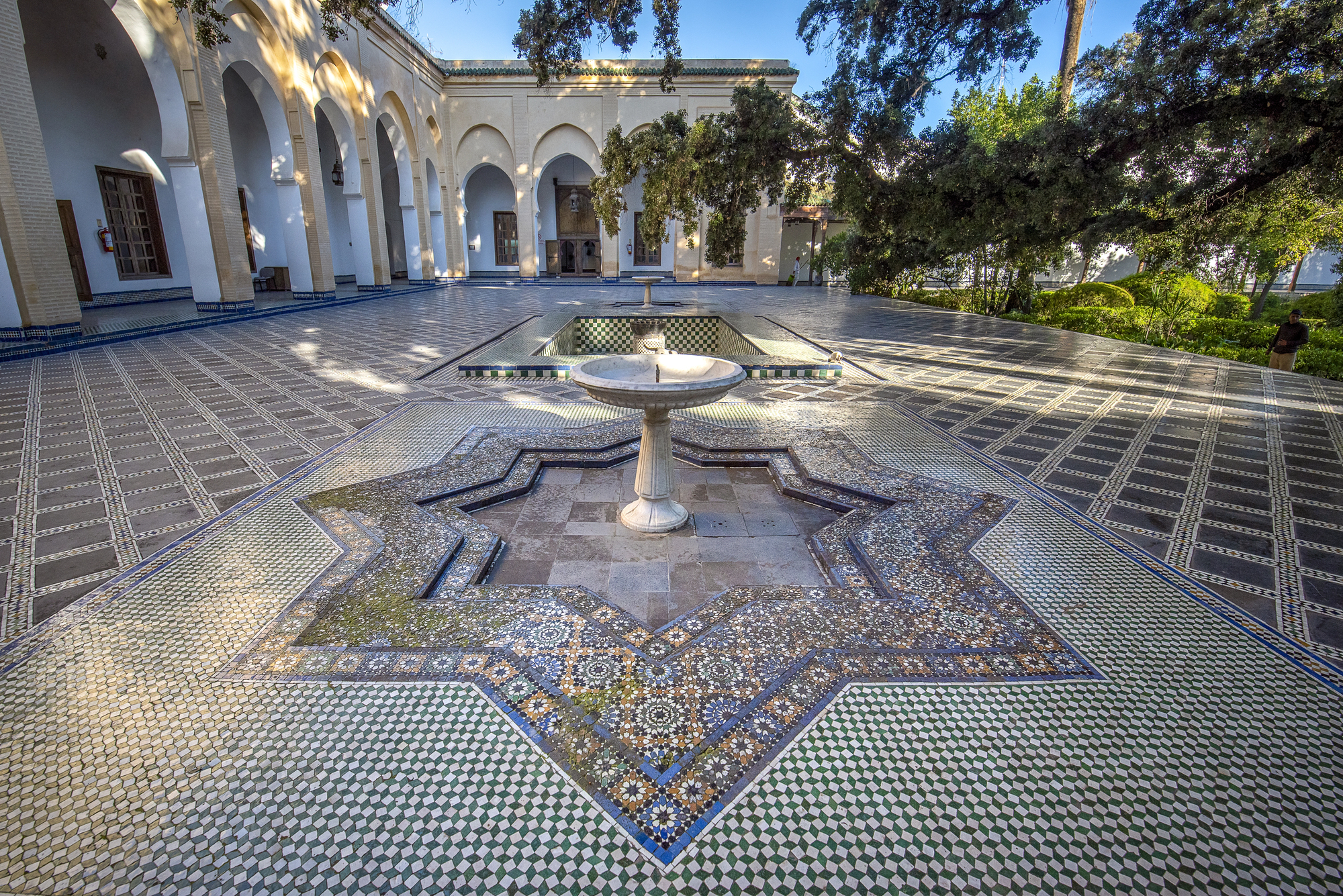
The oldest continuously functioning medina in the world contains over 9,000 alleyways in a seemingly impossible arrangement that locals navigate effortlessly. The sensory experience matches the complexity of the layout – spice merchants beside leather tanners, calls to prayer overlapping with workshop sounds, and architectural details spanning centuries.
Navigation requires abandoning conventional wayfinding and embracing intuitive movement, much like the thought patterns of a quietly chaotic mind.
Valparaíso, Chile
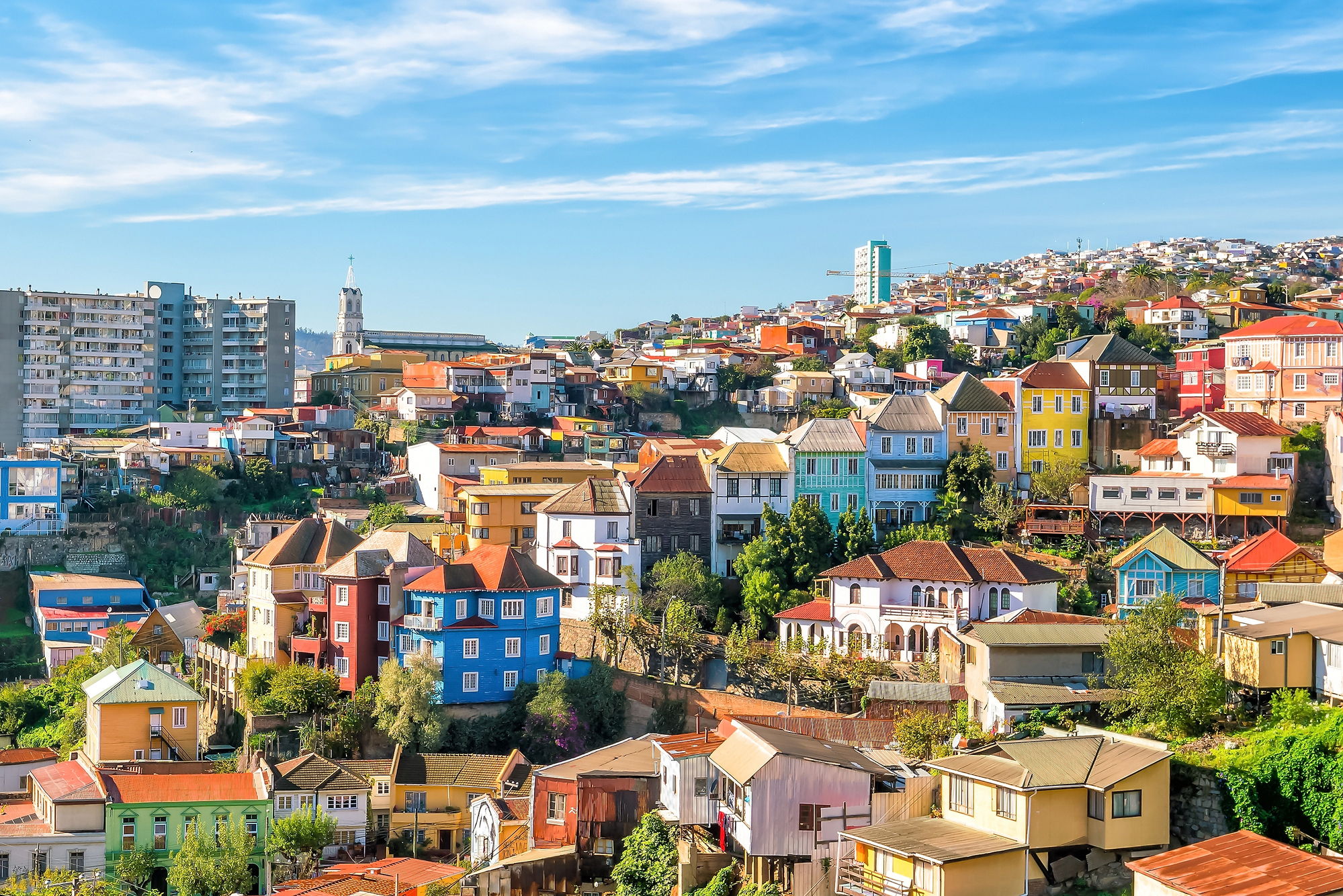
Built across 42 hills overlooking the Pacific, this city thrives on creative adaptation to challenging geography. Funiculars connect impossibly steep neighborhoods where rainbow-colored houses perch at gravity-defying angles.
The ever-present street art transforms entire buildings into canvases that invite deep visual exploration. The constant interplay between carefully planned urban elements and wildly creative expression mirrors the controlled chaos of certain thought patterns.
Like Travel Pug’s content? Follow us on MSN.
Varanasi, India

The ancient city along the Ganges embodies sacred chaos, where life and death ceremonies occur simultaneously along ghats teeming with activity. Dawn boat rides reveal a tableau of humanity performing rituals that have continued uninterrupted for millennia, while nearby university students discuss quantum physics in riverside cafés.
The layered temporal experience – where practices from different centuries coexist – provides a physical manifestation of how some minds naturally layer and connect disparate ideas.
Taipei’s Night Markets
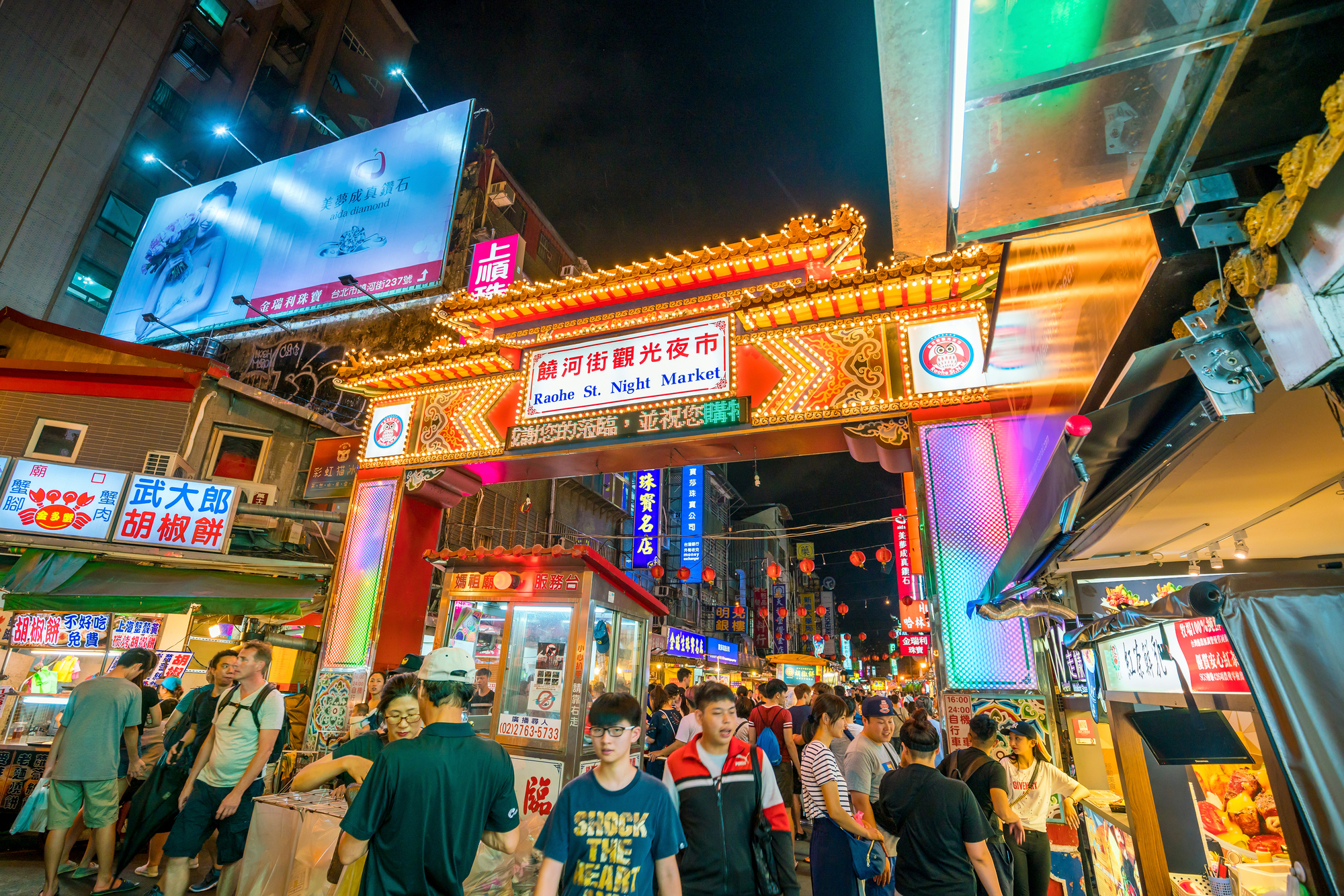
These sprawling nighttime economies operate with fascinating complexity – seemingly chaotic yet governed by invisible systems that ensure efficiency amid apparent disorder. Sensory stimulation reaches peak levels as food stalls, game vendors, and merchandise sellers compete for attention.
The markets reward exploratory behavior and lateral thinking, particularly when discovering hidden culinary treasures tucked behind more obvious attractions.
New Orleans’ Bywater District
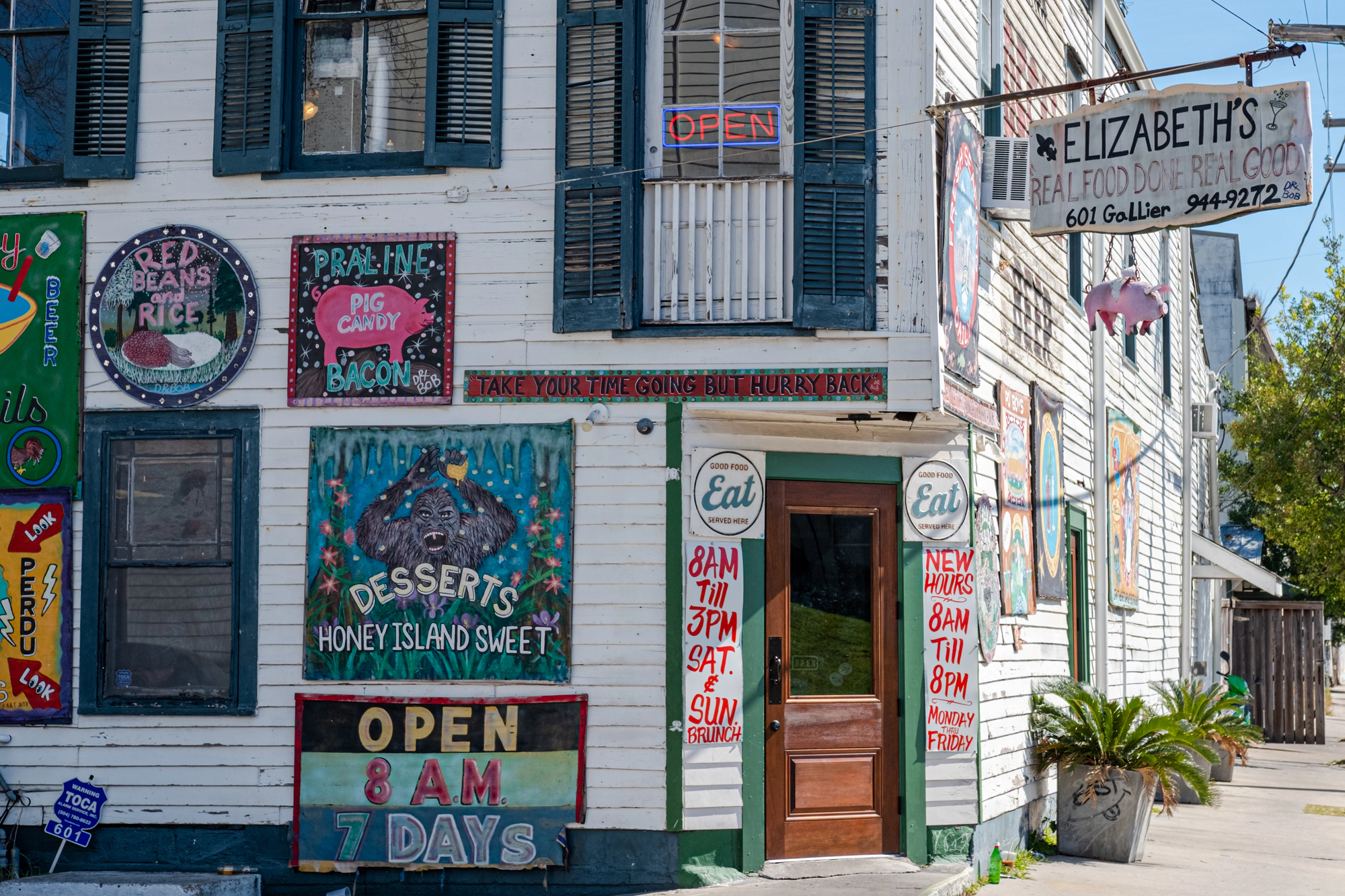
This neighborhood exemplifies beautiful contradiction – crumbling historic architecture housing cutting-edge artistic endeavors and traditional practices reimagined through contemporary lenses. The visual environment changes dramatically from block to block, with vibrant murals appearing unexpectedly on weathered buildings.
The soundscape shifts equally unexpectedly, with brass bands practicing in converted warehouses beside quiet garden oases.
Like Travel Pug’s content? Follow us on MSN.
Penang, Malaysia
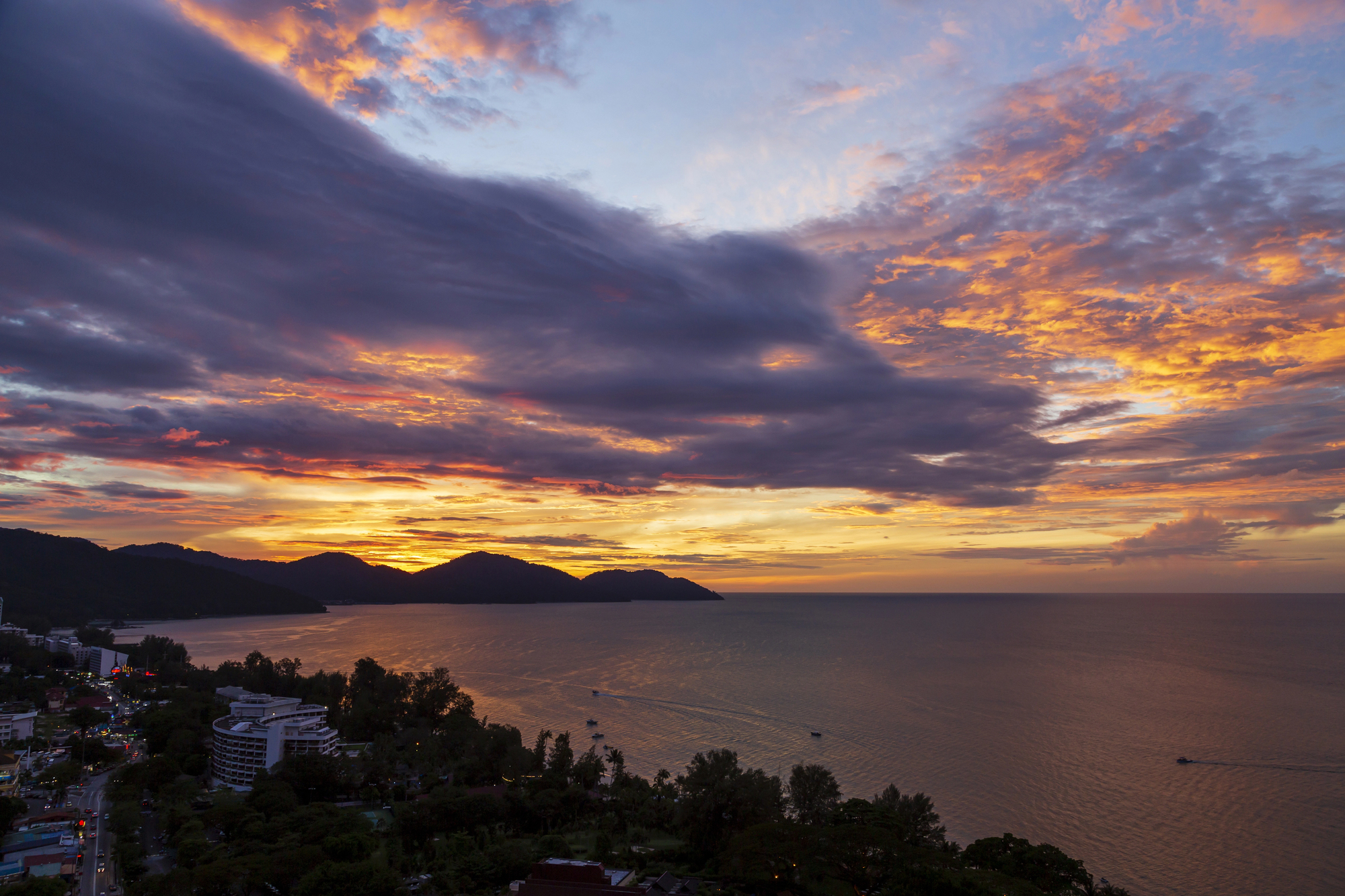
Georgetown’s UNESCO heritage zone presents a perfect study in cultural layering, where Chinese shophouses, Indian temples, and British colonial buildings create a built environment as diverse as its population. The famous street art appears in surprising locations, often incorporating existing architectural elements in clever ways.
The renowned food scene similarly blends traditions that would seem incompatible elsewhere but somehow make perfect sense here.
Mexico City’s Roma Norte

This neighborhood embraces contradiction as an organizing principle. Art nouveau mansions house experimental galleries, traditional markets operate across from Nordic-influenced coffee labs, and ancient indigenous influences surface throughout ultra-contemporary design spaces.
The area rewards those who notice connections between seemingly disparate elements, making it particularly satisfying for minds that naturally create unexpected linkages.
Istanbul’s Beyoğlu District
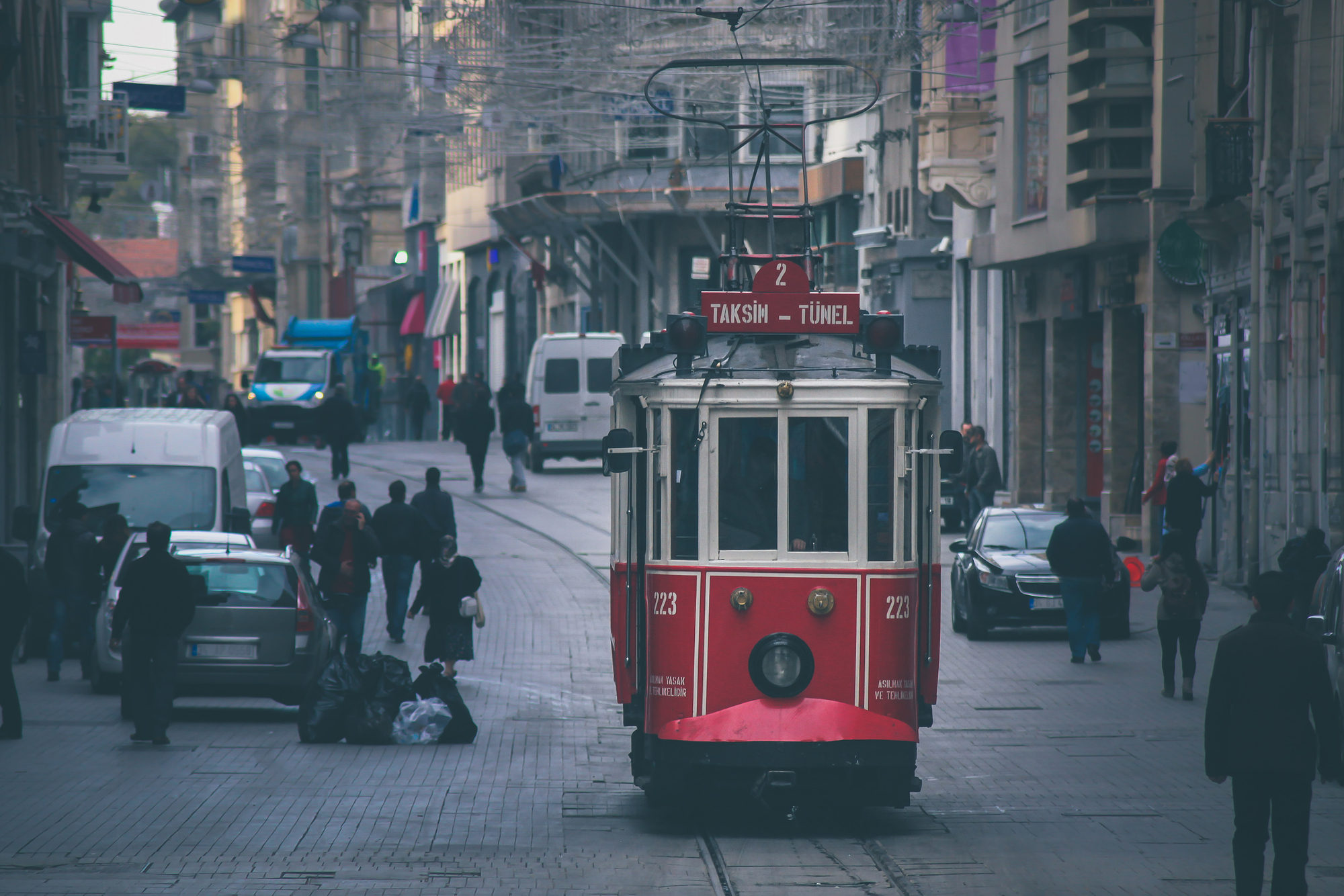
The neighborhood spanning both sides of the Golden Horn embodies the city’s position at the crossroads of civilizations. Byzantine ruins sit beneath Ottoman structures now housing contemporary businesses.
The soundscape layers muezzin calls with European café chatter and street musicians playing instruments from across the Silk Road. The sensory complexity mirrors how some minds process information across multiple channels simultaneously.
Like Travel Pug’s content? Follow us on MSN.
Lisbon’s Alfama
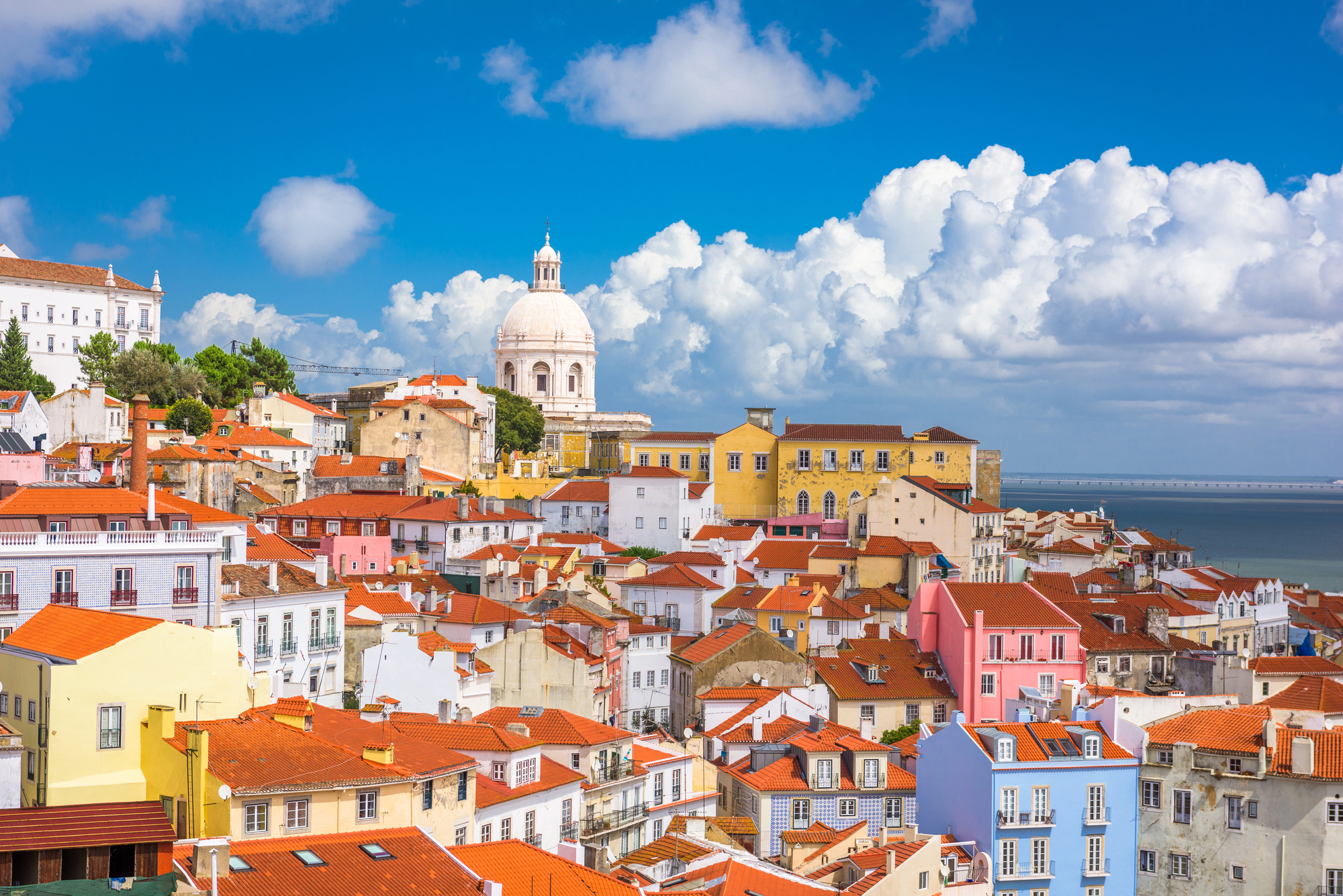
This ancient district survived the 1755 earthquake that destroyed most of the city, resulting in a medieval street plan that defies conventional navigation. Staircases appear unexpectedly, leading to hidden viewpoints or tiny plazas where local life unfolds. Fado music emerges from unmarked doorways, while layers of azulejo tiles tell stories across centuries.
The neighborhood rewards intuitive exploration over planned routes, much like the associative leaps of certain thought patterns.
Bangkok’s Thonburi Canals
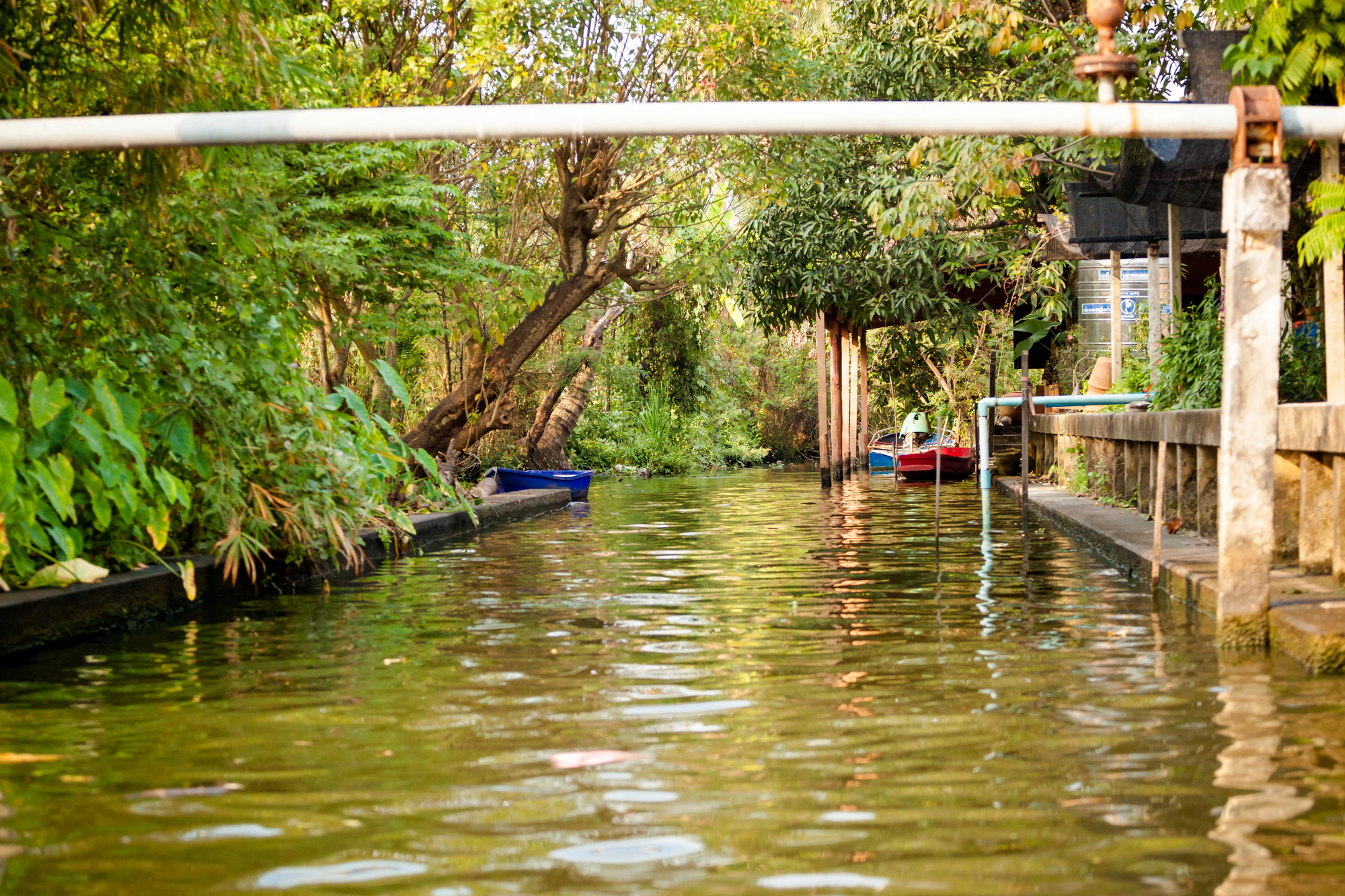
This network of waterways on the west side of the Chao Phraya River preserves a way of life that has largely disappeared from the modern metropolis across the water. The canals create a parallel transportation system with its own logic, connecting communities that maintain traditions alongside adaptations to modern life.
Longboats loaded with produce navigate past floating markets and homes ranging from simple wooden structures to elaborate teak houses on stilts.
Berlin’s Neukölln District
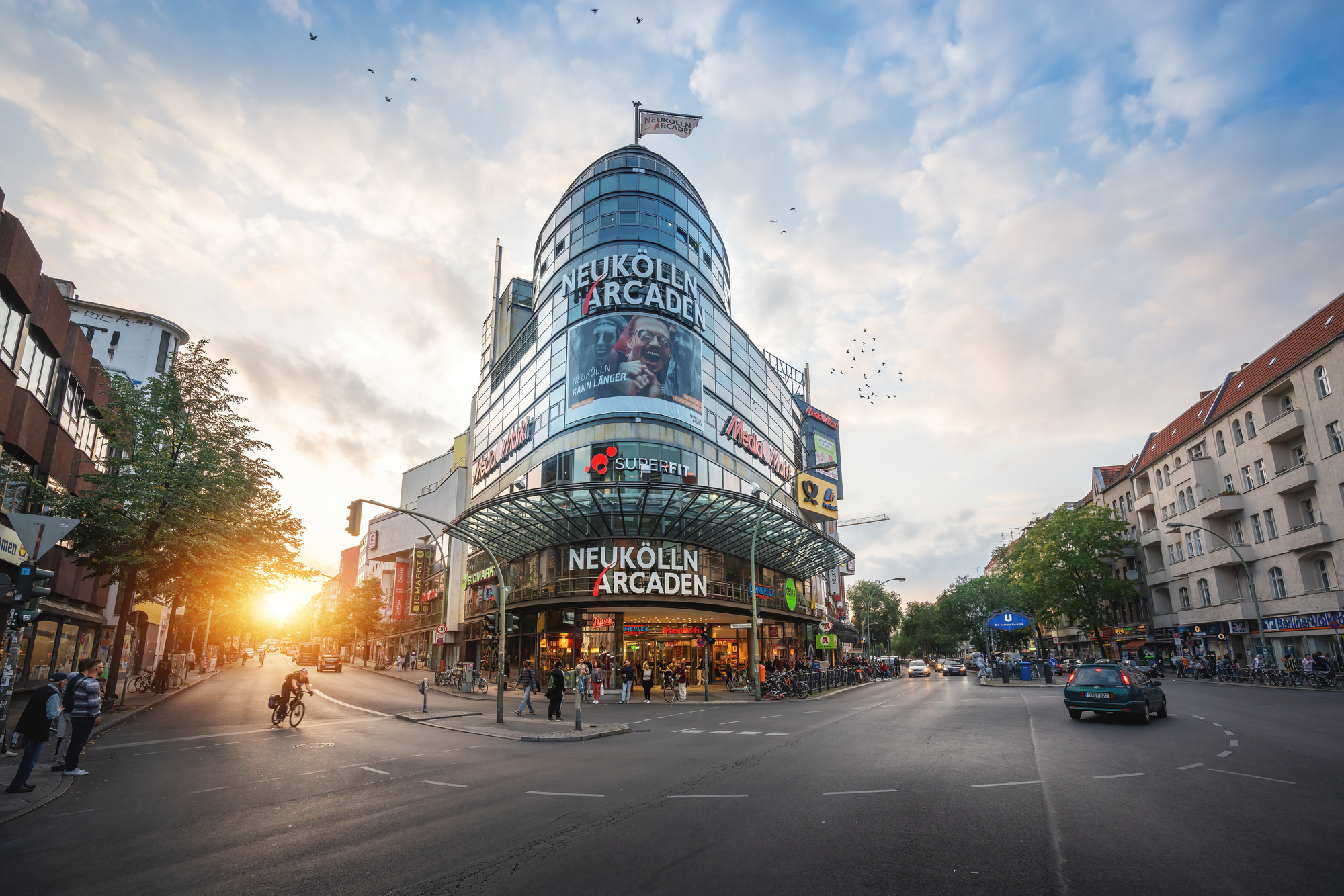
This neighborhood thrives on creative juxtaposition – Turkish markets beside third-wave coffee shops, abandoned factories repurposed as art collectives, and community gardens tucked between Soviet-era apartment blocks. The constant evolution creates a sense of perpetual becoming rather than a static being.
The layered history visible in the built environment – with buildings bearing the marks of multiple eras – provides endless material for contemplative minds.
Like Travel Pug’s content? Follow us on MSN.
La Paz, Bolivia

The world’s highest capital city spreads across a canyon with neighborhoods stratified by elevation, creating a vertical landscape where movement up and down is as important as horizontal navigation. The indigenous Aymara architecture employs circular and cyclical patterns that reflect a non-linear conception of time and space.
The famous cable car system provides stunning perspective shifts, allowing the city to be experienced through constantly changing vantage points.
Kyoto’s Northern Higashiyama
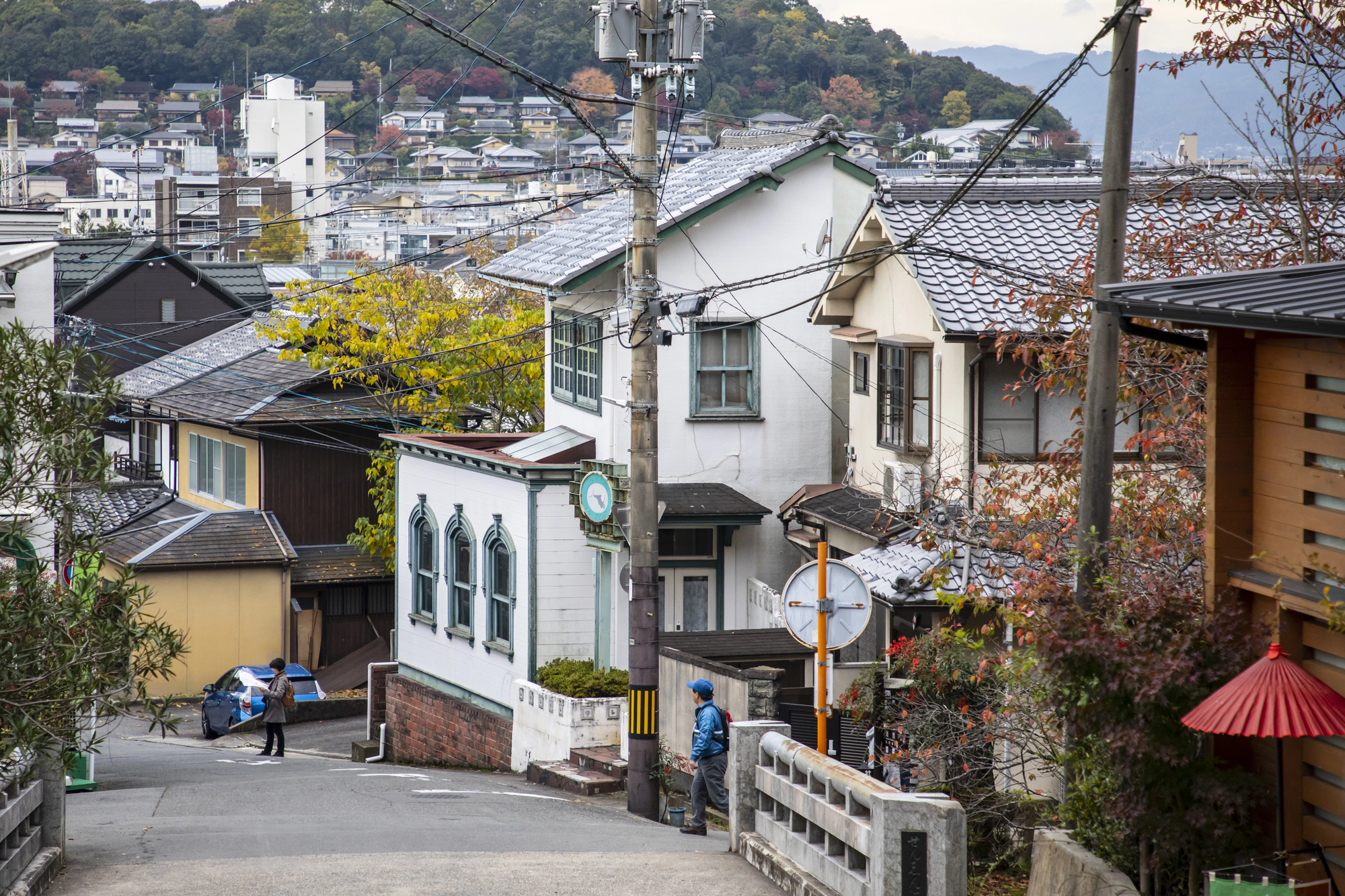
This area balances meticulous Zen gardens with wild mountain forests, creating a dialogue between human-designed order and natural complexity. Philosophical walking paths connect temples that embody different approaches to finding meaning.
The famous moss gardens present microscopic worlds that reward the same deep attention as the panoramic mountain views nearby, creating a natural parallel to how some minds shift effortlessly between focused detail and expansive concepts.
Porto’s Ribeira District
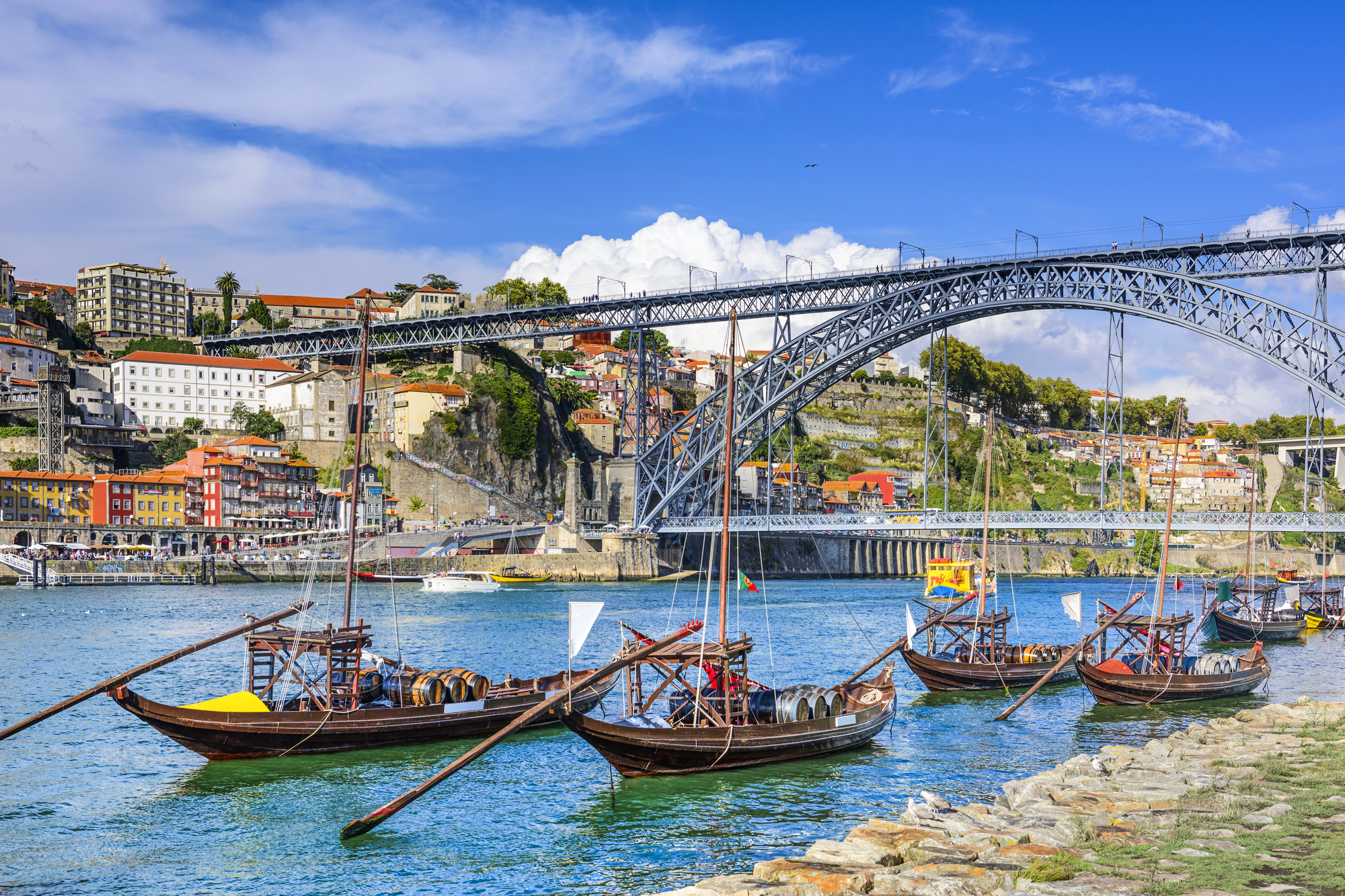
The UNESCO-protected neighborhood tumbles down steep hillsides to the Douro River in a seemingly haphazard arrangement that actually represents centuries of incremental adaptation. Buildings stack upon one another in impossible configurations, connected by staircases and alleyways that appear and disappear around corners.
The interplay of light reflected off the river onto ancient facades creates constantly shifting visual patterns that mirror certain cognitive processes.
Like Travel Pug’s content? Follow us on MSN.
Order Within Complexity
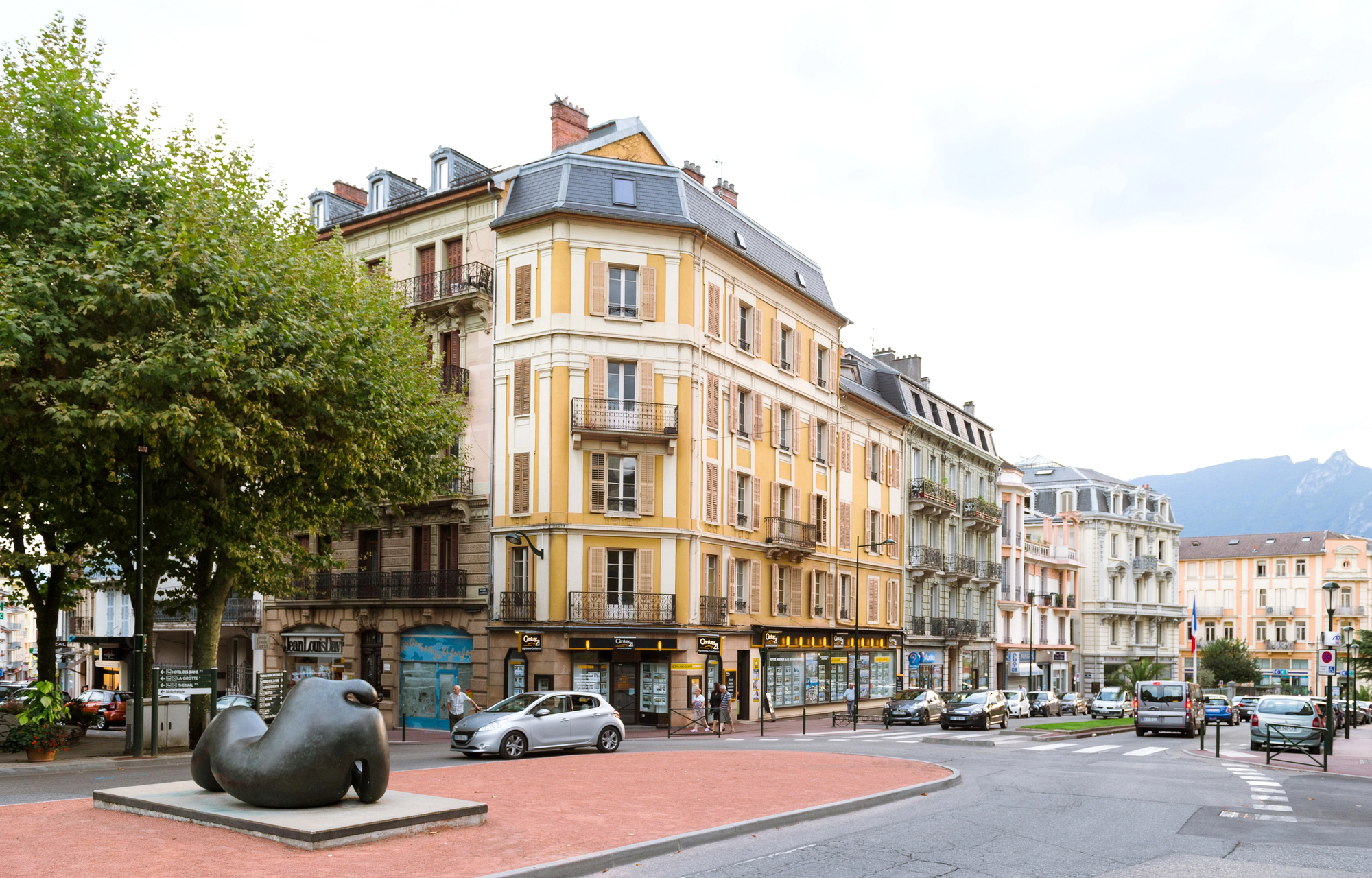
These destinations remind us that what might appear chaotic often contains sophisticated underlying patterns – they simply follow different organizational principles than those immediately obvious to casual observation. For minds that naturally process information in non-linear, associative ways, these places offer both validation and inspiration.
They demonstrate that complexity can be navigated successfully, even joyfully, when approached with the right combination of openness and attention to hidden connections.
More from Travel Pug

- Cities Growing so Fast You Won’t Recognize Them in 10 Years
- 13 Destinations Where Tourists Regularly Regret Their Trip
- 20 Obscure WWII Sites Even History Buffs Don’t Know About
- 10 Under-the-Radar Mountain Towns That Are Both Affordable and Beautiful
- Remote Villages in Europe Where You Can Live for Free in Exchange for Work
Like Travel Pug’s content? Follow us on MSN.
